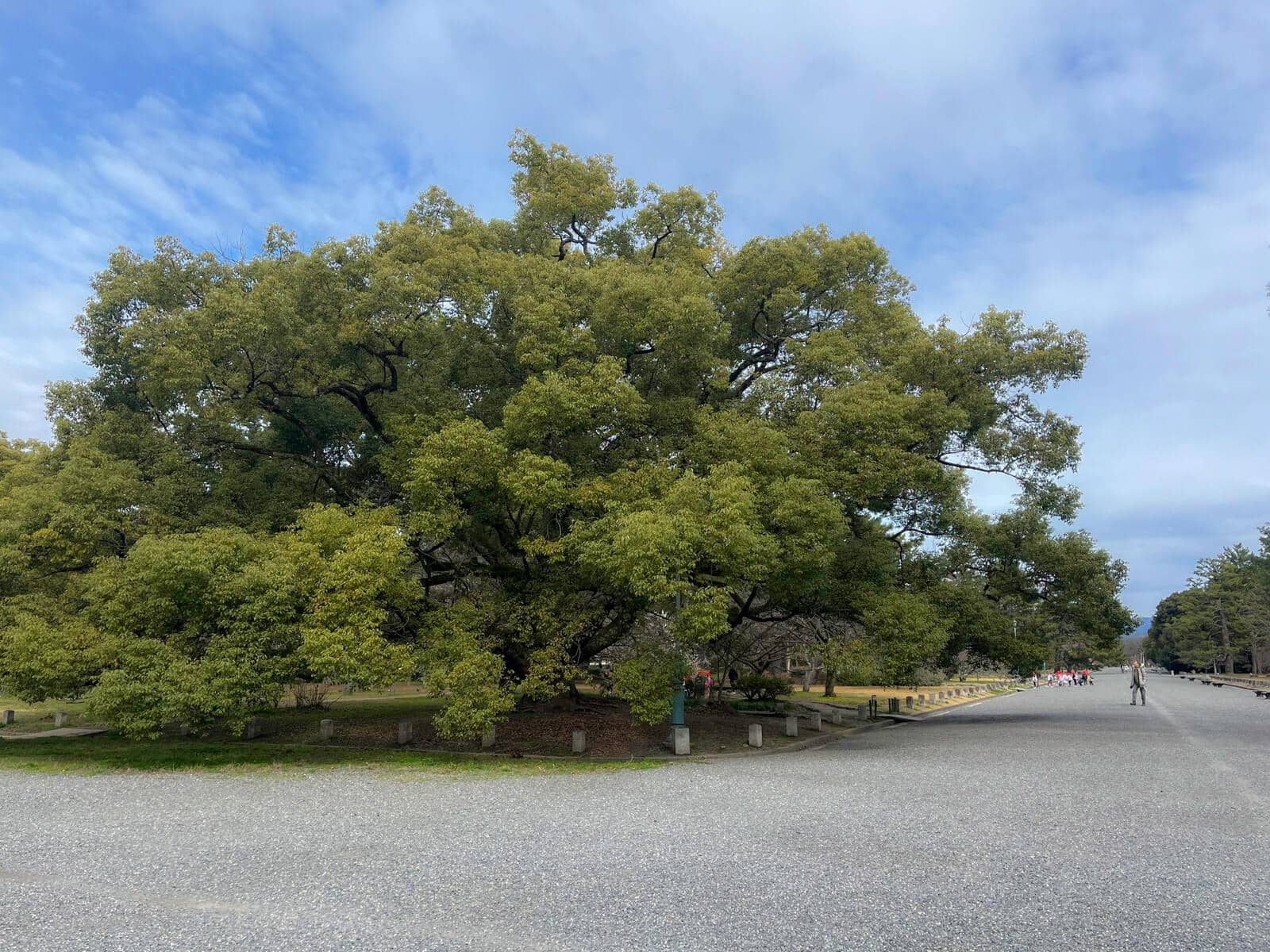For this inaugural issue of the column, we would like to spotlight Dr. Aya Miyazaki of the Kinugasa Research Organization about her favorite places.
The sight of the Imperial Palace will take you back in time to old Japan.
"I often take my laptop with me to the Imperial Palace. Sitting on a bench or on the lawn, feeling the wind and sunlight, and hearing the voices of the people around me, I sometimes glance at my surroundings away from my computer screen, and the contrast between the two very different worlds I'm in simultaneously at that instant stands out and makes me feel somewhat queer. Thinking that the noble culture thrived here for a long time, it's absolutely amusing to feel like having traveled back in time for a moment."

Various plants and creatures can be seen near the water, and, in their respective seasons, the plum blossoms and cherry blossoms in the vicinity are also a highlight of the area.
What is the Kyoto Imperial Palace?
The Kyoto Imperial Palace is a historic palace that served as the residence of Emperor from the Heian Period (794-1185) to the Meiji Period (1868-1912), surrounded by the Kyoto Gyoen National Garden, where the mansions of the imperial family and court nobles once lined up.
The Imperial Palace has approximately 50,000 trees growing on its vast 65-hectare grounds, and there are also beautiful gardens scattered throughout the estate, including the Oikeniwa Garden, a circular garden with a pond at its center, and the Gonaitei Garden, with its garden rocks and stone lanterns.
It is a precious heritage that conveys its historical and cultural value to the present.
